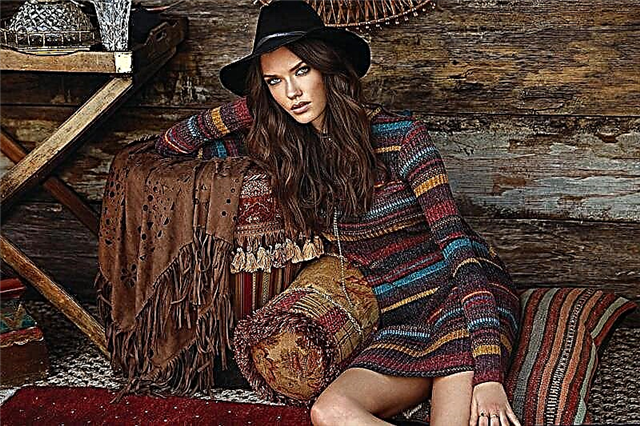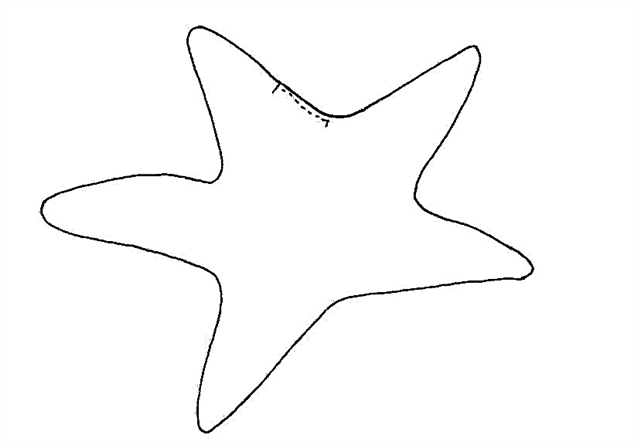Share
Pin
Tweet
Send
Share
Send
Dear lovers of sewing and needlework!
I decided on the first master class: this is a mixture of sewing and knitting.
After you have acquired your favorite fabric, you need to choose yarn for knitting in color and a suitable thickness for the threads of which your fabric is knitted.
Then we cut out the product with 1.5 cm allowances, it is important spread out the fabric without distortionin the direction of knitting. Next, we take photos, made signatures in them, I hope it will be clear.Important: tie the probe to determine whether or not to reduce the loop when knitting cuffs and hem, you can also determine what density to knit.
Knit the neckline with knitting needles, it does not cut out from the main material. How to determine the number of loops for knitting stitches? - tie the probe, calculate how many loops are included in 10 cm (if you knit with an elastic band, then measure in the stretched state), for example, 10 loops include 26 loops in the connected probe 10 cm, which means 1 cm = 2.6 loops. If the length of the edging is 46 cm, then 46 X 2,6 = 119,6, we collect 120 loops.
I laid the lines on the typewriter along the neckline to make it easier to sew on the glove, and to make the neckline uniform throughout the length.
At first I tied the bottom of the product with an elastic band, this is rice. 4, but then changed her mind, dismissed and made stocking smoothness with a hem. By the way, you can also knit with handkerchief, it also looks good, I did it on my coat.
Oh, yes, I almost forgot: if you knit with an elastic band, then you DO NOT need to iron it, because after that she loses her ability to be an “elastic band” (those who knit, they know :)
On the jumper it took me about 50 grams. yarn
Share
Pin
Tweet
Send
Share
Send















